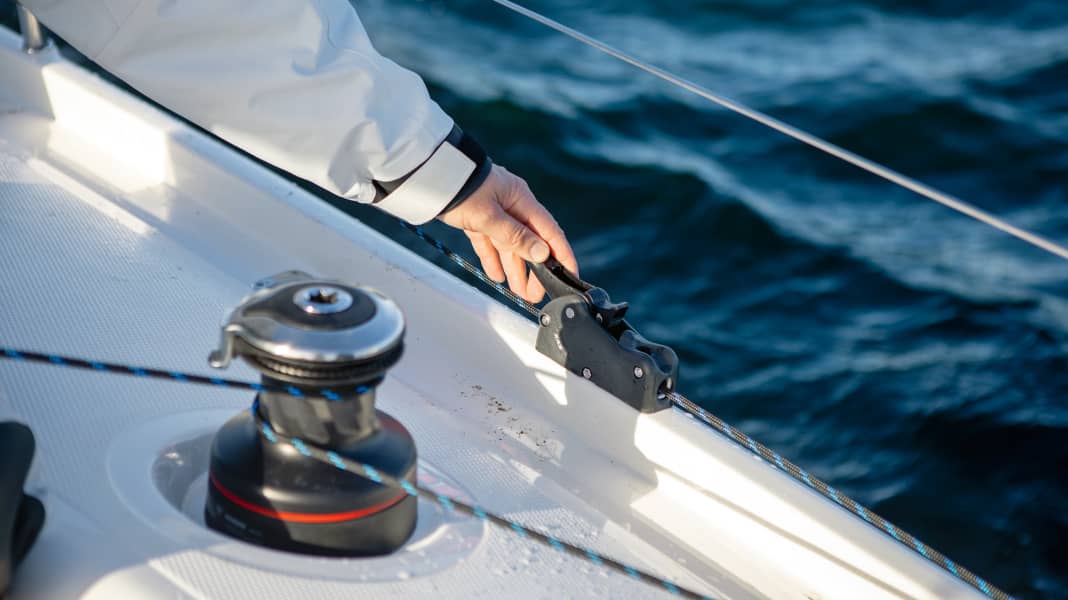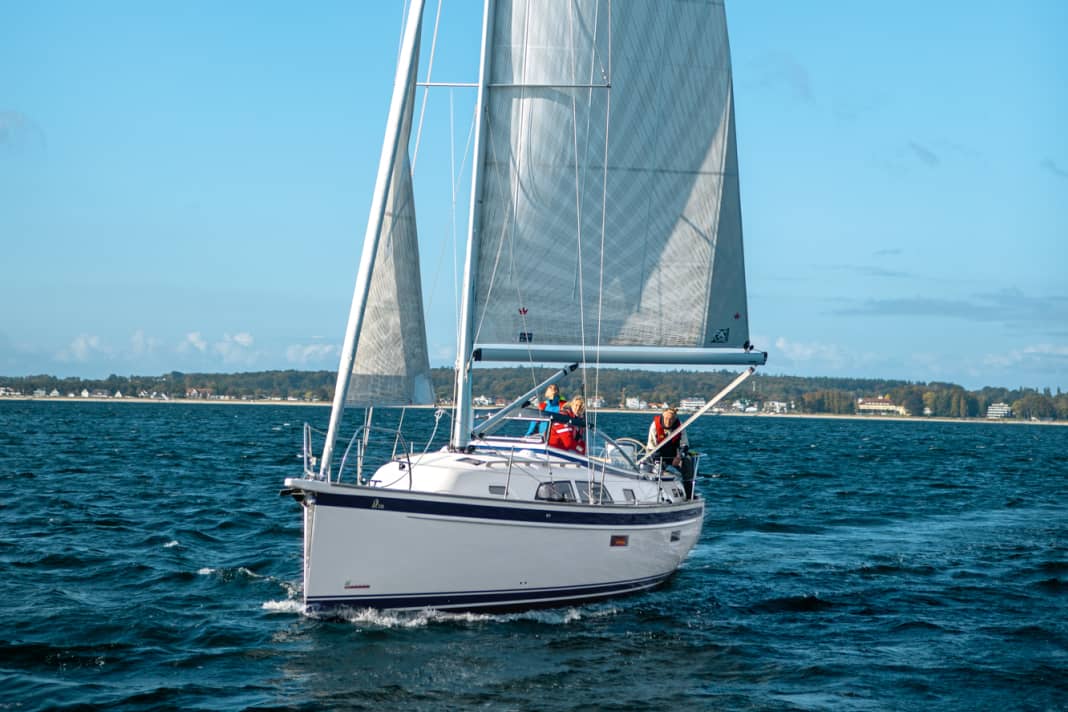
Almost 90 per cent of all newly delivered yachts are equipped with a furling genoa. The rule of thumb for the order in which sails are set on most yachts is that the mainsail is set first and furled last. There are various reasons for this.
One of these is the easy handling of the furling genoa compared to the mainsail. This is because if there are problems setting the mainsail, you can concentrate solely on this without having an additional sail in the wind. This can even be dangerous. In particular, if someone has to go to the mast to operate the mainsail, it can be risky to be hit by the genoa's flapping clew at the same time. Metal shackles should therefore not be used to connect the sheet to the sail. If shackles must be used, for example for sheets with fixed eyes such as tapered Dyneema cordage, soft shackles should be used as they are made of cordage and are soft.
Outdated doctrine on the furling genoa
It is often still taught to go into the wind with the yacht when setting or hoisting the headsails. Standing in the wind is probably a relic from the days when the sails were dropped rather than furled. If the yacht is standing in the wind, the genoa falls onto the foredeck between the sea fences; otherwise it would blow out and slide into the water.
Only downwind, in the cover of the mainsail, is it otherwise possible to get such sails up or down with normal effort. This is also done on many regatta boats without furling systems. However, this is not necessary with today's prevailing furling headsails, although it still makes sense.
Roll the genoa correctly
Furling genoas have the advantage that they can be reefed or set on almost any course. The only important thing is that the genoa can fly freely, i.e. that there is hardly any tension on the sheets. Otherwise it is usually impossible to turn the drum with the furling line.
If the yacht is in the wind when furling, the genoa can flap enormously, which alone can cause so much tension in the furling system that furling becomes a feat of strength. In addition, the sail cannot usually be furled cleanly when it is flapping so much, resulting in creases and sometimes bags. This not only looks unattractive and should be corrected in the harbour - the larger cloth furling also increases the area exposed to the wind and can make harbour manoeuvres more difficult.
It is better to furl or unfurl the genoa on deep courses. The forces required are lower and the furling is usually cleaner.






Manoeuvring tips furling genoa
- Do not set or recover the genoa in the wind
- Only pull the winding line of the roller system by hand. If this is hardly possible, the furling system must be checked. If, on the other hand, the winding line is pulled by a winch, you do not have this feeling and there is a higher risk of it being torn off
- Wear gloves to avoid burns when rushing out lines
